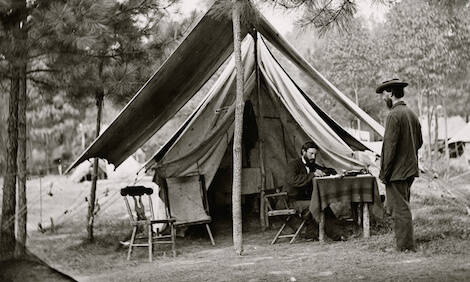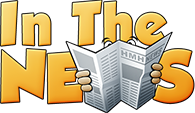


These Union Signal Corps workers were responsible for sending important messages during the Civil War.
If you needed to send someone an important message quickly, what would you do? You’d probably make a phone call, or better yet, send a text message. That’s similar to what President Abraham Lincoln and his Union generals did more than 150 years ago. Their text messages, however, were sent by telegraph in the form of telegrams. But back then, they didn’t have emojis to express their moods and emotions.
A collection of telegrams, codebooks, and other records from the Military Telegraph Office, part of the U.S. War Department at the time, has recently resurfaced. The nearly 16,000 telegrams are giving historians new information about daily life on Civil War battlefields. These early text messages contain everything from the important battlefield secrets of high-ranking generals to the thoughts of the low-ranking privates working the telegraphs.
The Union Army was one of the first to use electronic communication, such as the telegraph, to relay important messages and secret information from the battlefield. Before this development, armies mostly relied on messengers, horns, drums, and even flags to send messages, commands, and orders. Because there weren’t many telegraph lines in the United States at the time, the Union Army formed the Military Telegraph Corps. Their job was to travel around in wagon trains, stringing temporary telegraph lines. These telegraph lines helped connect military commanders with each other and the commander-in-chief, Abraham Lincoln.
Sponsored by the Huntington Library in San Marino, California, Decoding the Civil War is a crowdsourcing campaign whose aim is to transcribe, decode, and digitize this treasure trove of telegrams. Through crowdsourcing, or inviting volunteers to sign up for the project online, the Huntington Library hopes to enlist a total of 75,000 volunteers to help dig through this mountain of undocumented history. Although more than 2,000 volunteers have already begun work on the project, only about one-third of the telegrams have been processed so far.


























